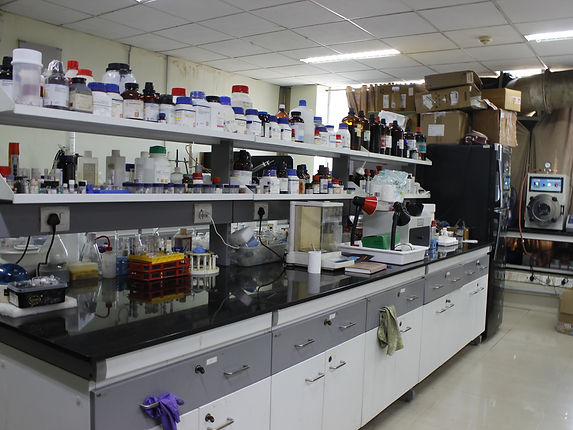
Our Research
Nanostructured material, design, and controlled synthesis, Energy storage, Environmental remediation, and Green organic Transformation.
The nanostructured-based materials (Transition metal-based sulfides and oxides) field stands at the forefront of contemporary scientific inquiry, offering a rich tapestry of possibilities for innovation and application. Central to this domain is the meticulous synthesis of these materials, achieved through precise control over their morphology, phase, and band gap. Such control is imperative as these parameters intricately influence the properties of the resulting materials. By manipulating these characteristics, researchers can engineer nanostructures with tailored functionalities, unlocking various applications across various disciplines. In catalysis, these nanostructured materials exhibit remarkable activity and selectivity, revolutionizing chemical processes and enabling sustainable production routes. Moreover, these materials serve as the backbone for supercapacitors in energy storage, offering high surface area and conductivity essential for efficient energy storage and release. Their utility extends further into environmental remediation, where they demonstrate prowess in pollutant degradation and wastewater treatment, offering promising solutions to mitigate environmental degradation. Additionally, metal-based nanostructured materials in green organic transformations serve as catalysts, facilitating environmentally benign synthesis routes with high efficiency and selectivity. As such, the interdisciplinary applications of these materials underscore their significance in addressing contemporary challenges and driving sustainable technological advancements. Through continued research and innovation, the exploration of transition metal-based nanostructured materials promises to yield transformative solutions across many fields, paving the way for a greener, more efficient future.





